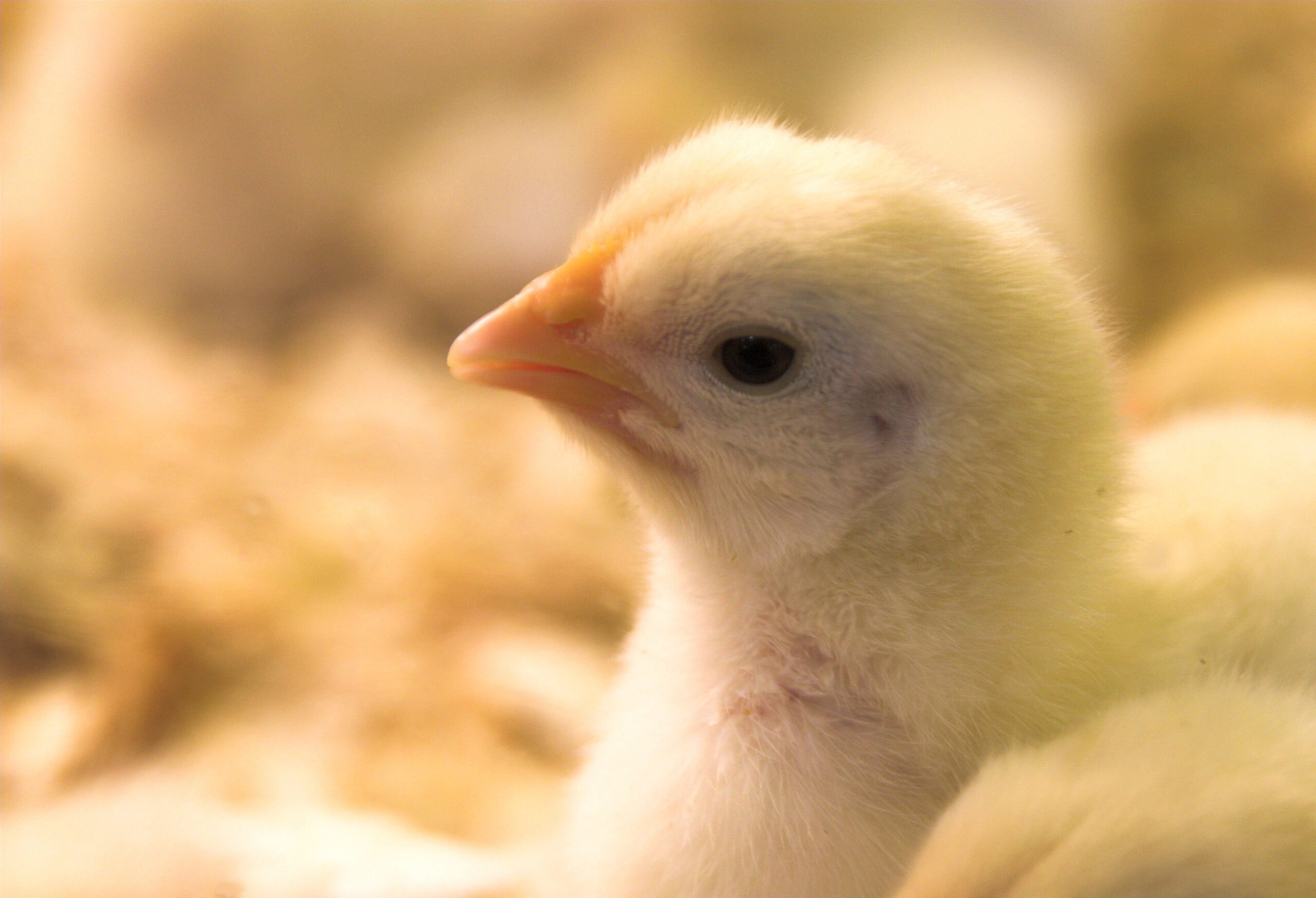Lighting for Poultry
This article on lighting for poultry is an excerpt from the Small Flock Poultry Health Manual published by the Province of B.C. Ministry of Agriculture. The full manual can be accessed by clicking here.
The importance of lighting as an element of good management is often overlooked. But there are some critical times at which good lighting will improve not only production but also the health and well-being of a flock. Lighting requirements will be quite different between flocks that are kept for egg-laying, whether table eggs or hatching eggs, and those kept for meat.
Lighting Basics
Managing the light for any birds requires attention to intensity and duration. Light intensity is measured in several ways, but the most relevant terms are “lumens” and “lux” or “foot-candles”. The actual light output from a light source is measured in lumens; for example, incandescent bulbs emit about 13 lumens per watt. The further away from a light source a working surface is, the more the light is diffused or spread out. This means that the light loses its intensity as one moves away from the source. The measure of light at any point away from the source is termed “lux” or “foot-candles”. One foot-candle is equivalent to 10 lux. This is the measure that is most important when managing lighting intensity for poultry. Light intensity of 10 lux is sufficient to read a newspaper. Intensity on a bright, sunny day in mid-summer is about 80,000 lux.
Generally speaking, light intensity should be between 10 and 30 lux at bird level for most layer chickens. Because the intensity lessens with distance from the light source, the desired light density should be measured in corners that are furthest away from the source.
Lighting duration must meet the biological requirements of the bird. So, for young layer breeds, the goal is to provide a period of time for growth and maturity before the birds are brought into production. Light duration, therefore, should be only 8 hours during the development period. Beginning at about 17 or 18 weeks of age, light duration can be raised to stimulate egg production. The minimum lighting duration for laying birds is 14 hours per 24 hour period, and this can be as high as 18 hours, depending upon the breed of bird. Light duration should be lengthened gradually over 1 to 2 week period until the desired day length is met. More detailed information on programs can usually be found with the technical specifications for the breed.

The optical spectrum is the range of wavelengths of energy that collectively make up light. This spectrum is broken down into three categories which are known to most: ultraviolet, visible, and infrared. The visible range includes those wavelengths (and colours) that are visible to humans, while ultraviolet and infrared are invisible to our eye. Generally, increasing the duration of visible light is used to stimulate sexual maturity and egg production.
The question is often asked about whether or not the use of infrared heating lamps will interfere with the bird’s “lights out” time. Most research indicates that chickens perceive a similar spectrum to humans, but will also perceive some of the ultraviolet wavelengths. There is no indication that they perceive infrared as visible light. Most infrared lamps, however, are not purely infrared and actually do include some of the visible spectrum, so such lamps should be considered as visible to chickens as well. On the other hand, drowsiness and sleep are initiated by the body’s production of a hormone called melatonin. The production of melatonin is suppressed by light, thus creating wakefulness during daytime. It is known that this suppression is caused by the blue and violet end of the spectrum; therefore it is likely that birds exposed to the red wavelengths accompanying infrared will not suppress melatonin production. This means that heating benefits of infrared lamps will outweigh any negative effects of associated visible red wavelengths, which are likely negligible.
Lighting Quality
In addition to intensity and duration, it is important that light be evenly distributed around the barn or coop. Providing more bulbs with lower wattage is a better arrangement than fewer bulbs with high wattage. Bulbs should be placed so that few shadows are cast in the bird area. Lights should also be placed so that nest boxes do have some shading, making them desirable for hens in which to lay their eggs. If shadows are present in the barn or range area, hens will often use those areas to lay their eggs. This is an undesirable arrangement as eggs laid on the floor or ground will have a greater chance of being contaminated by various bacteria, including Salmonella. Dirty or dusty bulbs will significantly cut the amount of light reaching bird level and, so, should be cleaned frequently. Any dead bulbs should be replaced immediately so that dark, inviting areas are not created. Such spots can become a favoured egg-laying area if the birds are allowed to habituate those areas.

Brooding
The first 1 to 2 weeks is the most important time of the flock’s life. Whatever happens to a flock during that period will have a significant effect on its long-term well-being. The key to good brooding is to get all birds on feed and water within the first 24 hours, and good lighting will help to achieve that goal. Some tips for lighting during brooding:
- For the first week, have high intensity lighting (at least 20 to 30 lux) that attracts chicks to water. Poultry will instinctively peck at shining surfaces and water that is highlighted by good lighting will attract chicks very quickly.
- Allow some rest time, with at least 1 to 4 hours of darkness during a 24 hour period for up to 3 days. Rest is as important to chicks as feeding time.
- At 3 to 4 days, day length can be reduced. This should be done gradually to 8 hours light over a period of a few days.
- For birds that are being raised for meat, the lighting duration can be dropped less drastically, to provide up to 16 hours of light per day.
Stimulating Egg Production
Birds typically come into egg production over spring and into summer, stimulated by the lengthening daylight. This same natural process can be simulated with artificial light. The technical details around the process of lighting the birds may vary, and the best source of information for specific birds is to request it from the breeding company that supplied the chicks.
Lighting duration is increased beginning at about 17 or 18 weeks of age and increased gradually over 1 to 2 weeks until the duration is 14 to 16 hours daily.
Lighting is an important part of the array of management tools available and should not be taken for granted. Good lighting applied in the appropriate manner at the appropriate times will go a long way to ensuring a healthy flock.
Written by:
Bill Cox, DVM
